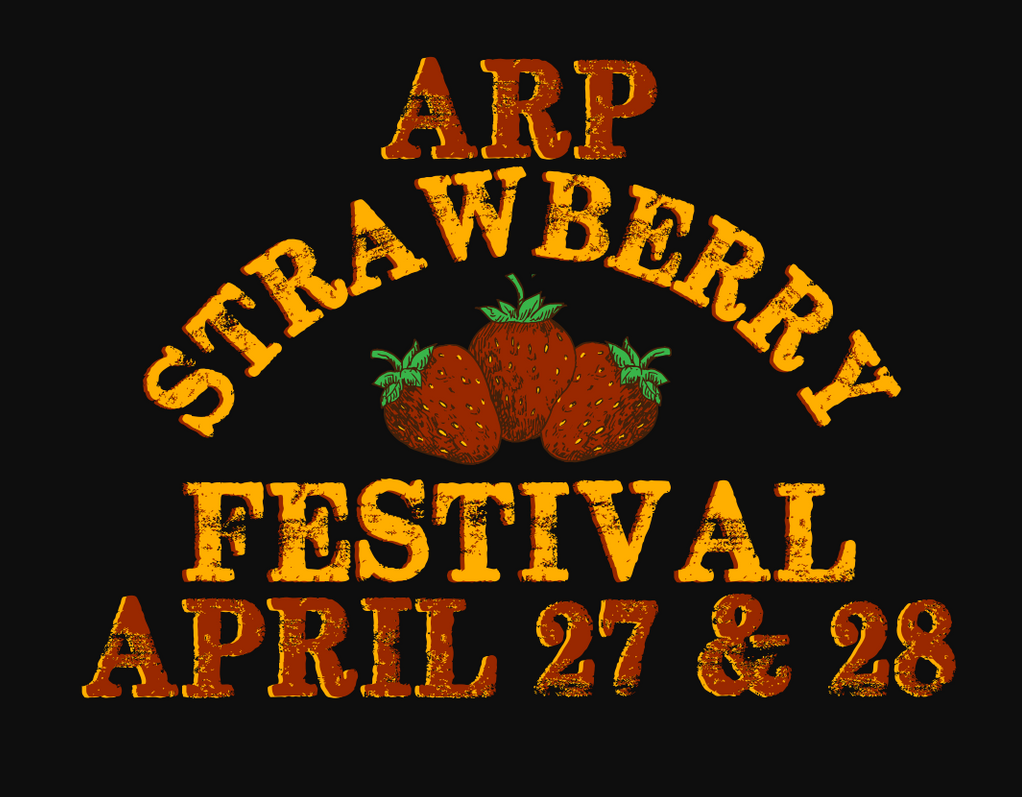Arp is on the Union Pacific Railroad and State Highway 135 eighteen miles southeast of Tyler in southeastern Smith County. Kickapoo Creek flows to the south. The area was occupied as early as 1868, when John G. and Eliza Sartain bought six acres from Henry Moore. In 1872 the International-Great Northern Railroad was built, and the community became Jarvis Switch, a stop on the line. Commercial development began in 1897 when truck and fruit farmer J. W. Melton moved there from Troup. He was the first local citizen to ship tomatoes to northern markets. The post office was established in 1898 as Strawberry with Charles P. Orr as postmaster. The following year the town was renamed after William Arp, a popular newspaper editor.
In 1902 the community had a six-month public school, five general stores, one drugstore, one doctor, and Methodist, Baptist, and Presbyterian congregations. The population consisted mostly of small farmers owning ten to 100 acres each, and Arp was a shipping point for fruit and vegetables. Local commercial nurseries specialized in the "Arp Beauty," a peach they had developed. School records for 1903–04 showed both a White and a black school. The Omen post office was transferred to Arp in 1906.
The town continued to grow, and in 1911 Arp Guaranty State Bank opened. In 1912 the town had two businesses, and by 1914 it had 400 inhabitants, a bank, a restaurant, general stores, and a cotton gin and gristmill. Canton Masonic Lodge No. 94 transferred there from Omen in 1923, and an imposing two-story white-brick school dominated the community.
In 1931 Guy V. Lewis drilled the first successful well in the county near Arp. The McMurry Refining Company soon located in Arp, and in 1936 the population peaked at 2,500. That year a White school had twenty-six teachers for grades one through eleven, and a black school had six teachers for one through ten. With the coming of World War II, the town population declined to approximately 1,000, but seventy businesses remained. By 1952 the Arp Independent School District had been established. During the 1960s the population was still 1,000, and the number of businesses fell to thirty-seven. In 1973 Arp had a population of 816, four churches, and a downtown business district, and Mason Church and Ebenezer Cemetery were in the vicinity. In 1989 there were nineteen businesses and 1,045 citizens. In 1990 the population was 812. In 2000 the population was 901 and increased to 985 by 2015.
Written by: Vista K. McCroskey
The following, adapted from the Chicago Manual of Style, 15th edition, is the preferred citation for this entry.
Vista K. McCroskey, “Arp, TX,” Handbook of Texas Online, accessed January 12, 2024, https://www.tshaonline.org/handbook/entries/arp-tx.
Published by the Texas State Historical Association.

